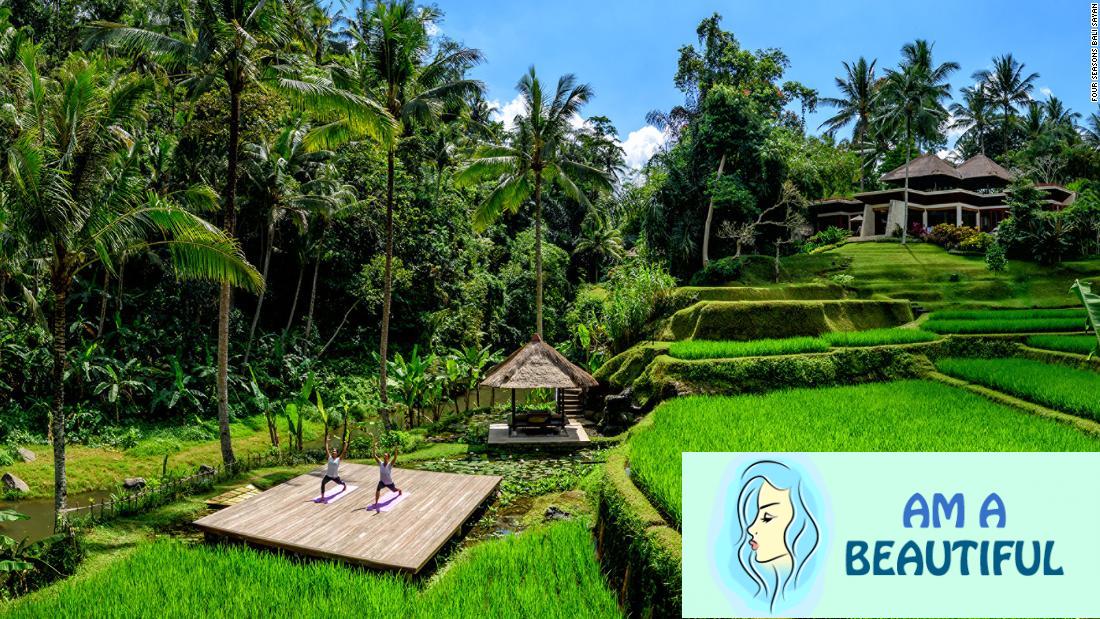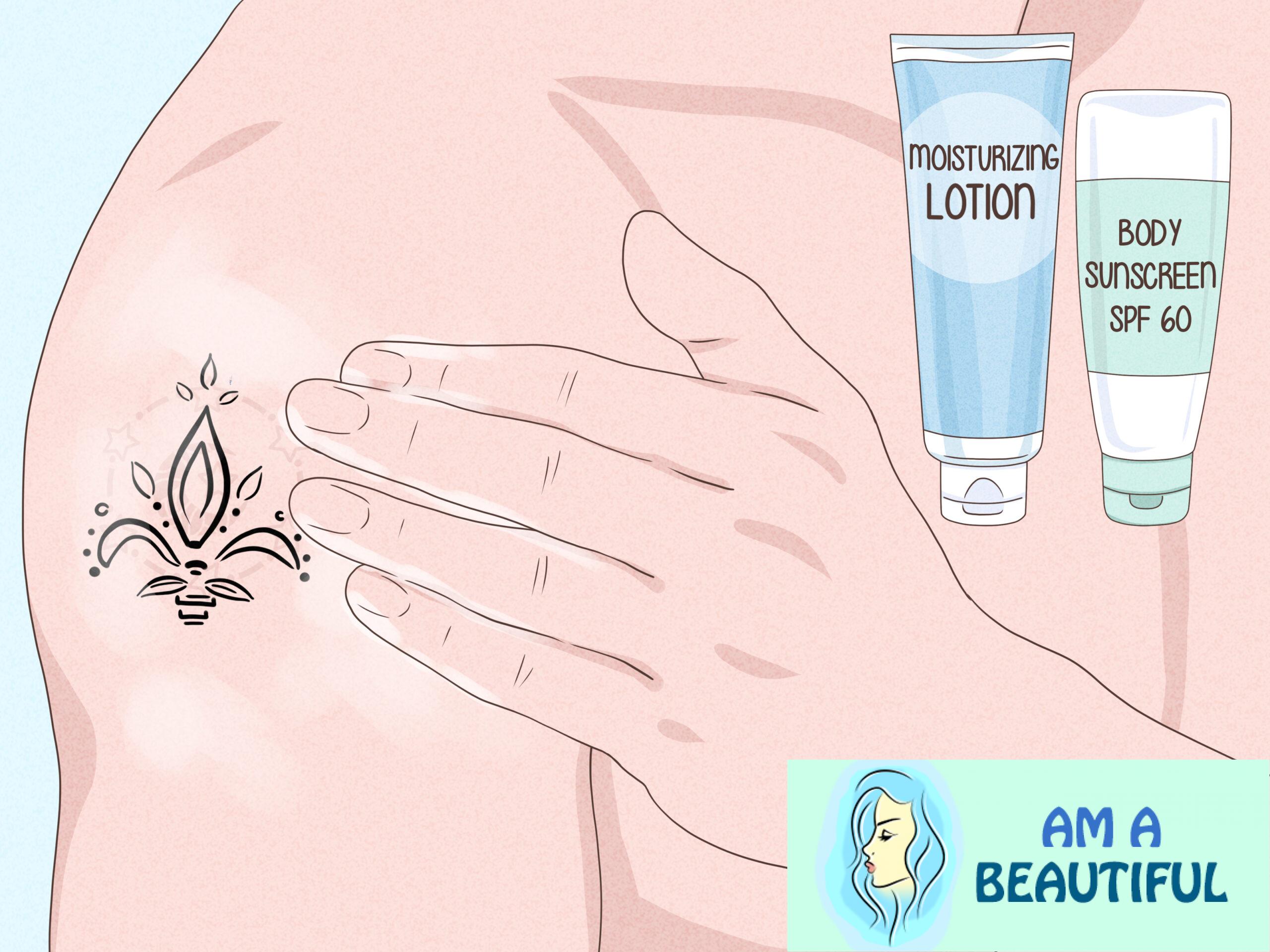(CNN) — Like most major tourism hotspots around the world, Bali suffered vast economic turmoil during the Covid-19 pandemic. From more than 500,000 foreign visitors each month, arrivals slumped to double figures and tourism workers had no option but to try to eke a subsistence in the island’s paddies and orchards.
But the residents of this part of the Ring of Fire are well known for their resilience. The Island of the Gods is now rising from the ashes and recreating itself along lines that are dictated by the demands of more conscious post-pandemic traveling.
Here are some of the best experiences on offer for travelers heading to Bali now.
Best for wellness
As early as the 1920s, Ubud was touted by pioneering expats as Bali’s artistic heartland. A century later it has become even more famous as one of the world’s centers for conscious, healthy living.
The yoga revolution of the early 2000s was the game-changer and today there are arguably more yoga shalas, soul-food restaurants, spas and “mindfulness retreats” per capita than anywhere else on the planet.
Ubud’s sacred Monkey Forest (long Bali’s most popular tourist sight) is drawing crowds again. The charmingly ramshackle old market has been demolished and will be closed for renovation for some time to come but the loop of shopping streets is once again jammed with traffic.
While the town center is clearly thriving once more, increasing numbers of visitors are realizing that properties along the unexpectedly pristine jungle-clad canyons of Ayung River are a better match for the island paradise they traveled so far to see.
There’s everything you’d expect from a luxury resort but also an Ubud-inspired offering of yoga, massages (including using hot stones from the sacred river), meditation, chakra ceremonies and even an irresistibly intriguing “activity” called a Sacred Nap.
When you’re ready to drag yourself away from the resort just hop on the complimentary shuttle into town (10 minutes) or choose from a wide range of activities or cultural tours.
Best for nightlife
Since early surfers landed in Bali, the town of Kuta has been party central. This once-sleepy fishing village has long since sprawled westwards to fuse Legian and Seminyak into a single jumble of low-rise souvenir shops, bars, spas and tattoo parlors.
It’s largely due to Balinese religious sensibilities that the island’s tourist hotspot has avoided high-rise concrete jungle overdevelopment; Balinese Hindus traditionally believe that the world above the tops of the tallest palm trees is the domain of the gods, so (with just a few lamentable 1970s dollar-driven exceptions) there are almost no tall buildings to break the skyline anywhere on the island.
During the pandemic it was Kuta that arguably suffered the most. Vastly popular with Australian tourists, the rather low-key hotel and bar-zone centered around Poppies I and Poppies II became a ghost-town almost overnight.
Now less frantic and less of a magnet for drunken stag-nights, Kuta is regaining some of its lost appeal and is an affordable and centrally located base for family beach and activity holidays as well as for nightlife.
Apps like Grab and Gojek (Asian versions of Uber) make it simple, speedy and cost-effective to get to nightlife locations farther out in Legian and Seminyak.
The Potato Head Desa (meaning village) boasts several music venues and pools and no less than five restaurants. The beautifully designed Potato Head Studios (typically incorporating much of the brand’s recycling innovations) also opened during the pandemic.
Best for serenity
Nirjhara’s Canopy Suites — quirky “treehouses” that are a wonderful combination of industrial chic and recycled tropical charm — have become design icons of the island’s contemporary architecture.
The resort is barely 30 minutes from the hipster hangout of Canggu and yet feels like a hidden tropical paradise. The babbling river, shady trees and enticing infinity pool invite you to simply relax. To take that relaxation to an even deeper level, book a massage and “blessing treatment” at the resort’s Retreat Spa.
Nirjhara is Sanskrit for waterfall and the property is named after the cascade that runs past the beautiful yoga shala. A popular excursion takes in some of the spectacular waterfalls that Bali is known for — especially the 500-step descent into the canyon of the Nungnung Waterfall (one of Bali’s highest).
If you still have some energy left borrow one of the resort’s cycles for a ride through the paddies or book a surf-lesson at the beginner-friendly Kedungu Beach… where three more waterfalls cascade off the cliffs straight onto the beach.
If all this gives you the urge to explore more widely, Nirjhara’s recently launched traditional superyacht Vela is now available for charter to some of Indonesia’s remotest islands.
Best for beaches
Since American surfer Robert Coke opened his hotel in 1936, tourists have been drawn to “shoot the curl” on the warm, tropical waves of southern Bali.
Just four kilometers down the coast from what was once the Coke residence you find Four Seasons Jimbaran Bay. With 147 secluded bungalows and suites this resort is more reminiscent of a traditional Balinese village with its labyrinth of paved alleys and temple-style architecture.
The curving white-sand arc of Jimbaran Bay, devoid of the crowds of nearby Kuta, lures you away from the private plunge pools and the resort’s swimming pools.
Resident Aussie surf-guide Blake McKinnon has many years of experience in southern Bali and — with well over a dozen good surf-spots just a short boat (or car) ride away — he analyzes conditions to find the wave best suited to any level of experience.
Jimbaran is famous for its early morning fish market and for the seafood restaurants that line the beach around sunset.
Best for getting off the beaten track
Anyone who has been to Bali and yet disputes the (admittedly rather hackneyed) title of “world’s most beautiful island” has almost certainly never laid eyes on the vast expanses of palm forests, deserted beaches and jungle heartland of West Bali.
The property opened in July 2022 and its eight rooms, located in beautifully designed 20-meter-high timber towers (the palms grow exceptionally tall in West Bali), overlook what might well be Bali’s most spectacular beach.
Stepping out onto the deserted 14-kilometer sweep of deserted wave-pounded volcanic sands you can scarcely believe that people complain about overcrowded surf-spots. The low-key surf-town of Medewi is just a few minutes farther west but the sandy beach in front of the resort is more appealing for beginners that the jagged rocks of Medewi’s point break.
This area is an enticing place to simply relax but you’ll miss some astounding experiences if you don’t take time to explore. West Bali is home to some truly unexpected sites, many of which are virtually unknown to tourists: the world’s most colorful traditional fishing fleet at Perancak; Bali’s own bird of paradise and herds of Menjangan deer wading in the lagoons at West Bali National Park; and unforgettable diving and snorkeling at Menjangan Island.
For an alternative to the rather brutal buffalo chariot races, you can join a fascinating paddy tour with a small herd of Pink Buffalo — almost extinct and rarely seen beyond this little patch of Balinese rural paradise. West Bali remains one of Indonesia’s best-kept secrets.





